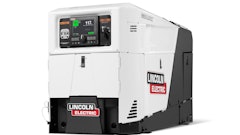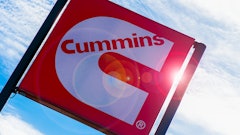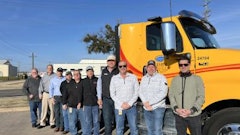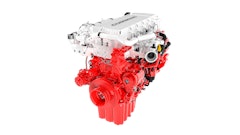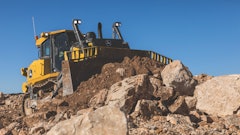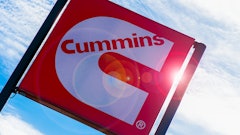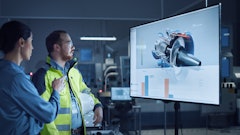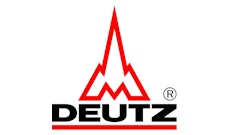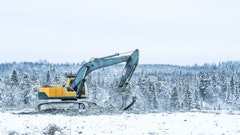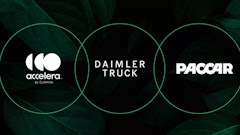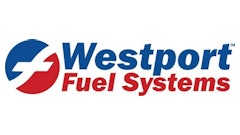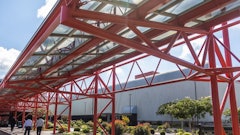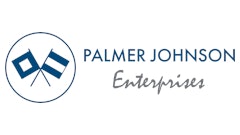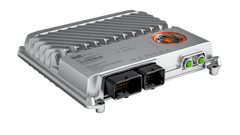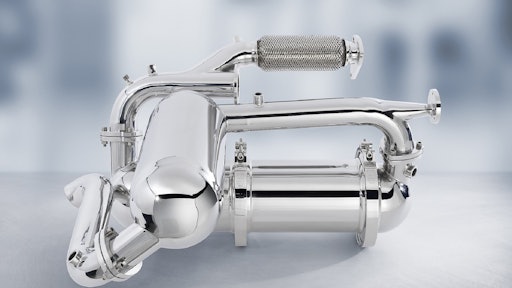
At Agritechnica, the world's largest trade fair for agricultural technology, Bosch Emission Systems GmbH & Co. KG is exhibiting solutions tailored specifically to the requirements of the agricultural sector. The focus is on systems to reduce nitrogen oxides and particulate matter - systems that are not only highly efficient, but are also especially compact and make optimum use of the available installation space, which is often very limited. The trade fair will open its doors to the press on November 13, 2011.
Set up by Bosch, Deutz and Eberspacher in April 2010, Bosch Emission Systems is constantly further expanding its portfolio of highly efficient exhaust gas treatment systems. Using a modular kit means that a complete systems solution for effective exhaust-gas treatment can be integrated quickly and simply. "We are exploiting our core competencies in the areas of exhaust gas technology to prepare forklifts, mobile machinery such as construction vehicles, tractors, and other agricultural machinery, as well as stationary machinery for stricter emissions standards in a cost-effective manner," says Wolfgang Albrecht, managing director of Bosch Emission Systems. "The system can also be used in on-road applications such as buses and municipal vehicles."
Headquartered in Stuttgart, Bosch Emission Systems offers a full range of products and services - from system design to complete application. This is a huge benefit especially for manufacturers of small series. The components are produced at the new Bosch Emission Systems main plant in Neunkirchen, Germany. In the second half of 2012, a U.S. subsidiary in Kentwood, MI will open a second production site.
High-performance system made of standardized components
"Drawing on tried and tested components, we can design an exhaust gas treatment system to suit any vehicle or machine," Albrecht says. "Short development cycles and low tooling costs enable us to offer cost-effective solutions." Thanks to compact design and other new developments, the systems are flexible enough to be adapted to individual needs. The systems provide a stand-alone solution - they have their own sensors and actuators. And thanks to an integrated control unit, the systems are diagnostic-capable. The modules available, which have to be certified in consultation with the respective engine manufacturers, cover diesel engines in the power range from 19 to 560 kilowatts.
Efficient reduction of nitrogen oxides
The nitrogen oxides of diesel engines are reduced via a Denoxtronic system, which injects the reducing agent AdBlue into the exhaust gas flow. Precise metering ensures that there is always exactly the right amount of agent for the operating values of the engine and SCR catalyst. A major new development is a spiral-shaped mixing section, which enables the optimum mixture of the AdBlue. This makes it possible to reduce nitrogen oxides by up to 95%. At the same time, fuel consumption, and in turn CO2 emissions, can be reduced by up to 5%. As a result of nitrogen oxide treatment in the exhaust tract, the combustion process can be optimised with regard to fuel efficiency. For large engines, Bosch Emission Systems has further developed the Bosch Denoxtronic system. By cleverly combining the supply and dosing modules, as well as adapting the metering system, larger volumes of reduction agent can be precisely dosed. The system as a whole is governed by a central exhaust gas control unit. Bosch Emission Systems also supplies all the required sensors, as well as harnessing for CAN buses and the AdBlue tank.










